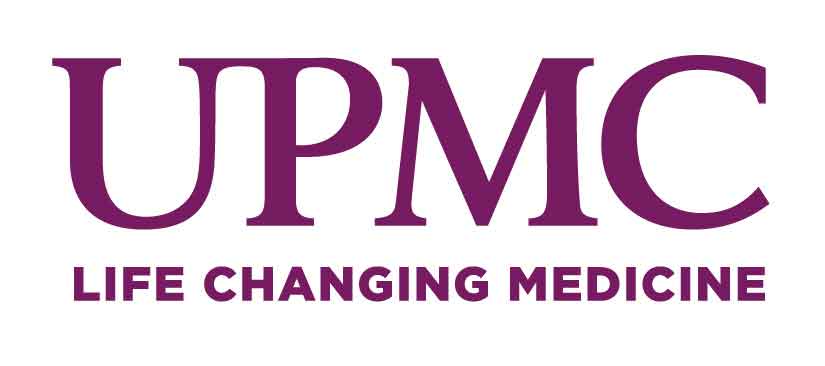UPMC: Scientists Get Clearer Picture of Developing Teen Brain
In a paper published in Progress in Neurobiology, University of Pittsburgh School of Medicine neuroscientists described compelling new evidence of a critical neuroplasticity period in the frontal brain region during adolescence, a time when major mental illnesses such as depression and schizophrenia emerge and risk-taking behavior peaks.
Using more than double the resolution of typical magnetic resonance imaging, researchers found age-related changes in the relative balance of inhibitory and excitatory neurotransmitters in the prefrontal cortex — an area of the brain responsible for cognition, decision making, short-term memory and moderating social behavior. The study extends scientists’ understanding of the critical neuroplasticity during infancy by providing first-ever evidence of plasticity in the frontal cortex in adolescence.
Luna Beatriz release“The prefrontal cortex is typically described as the ‘conductor of the brain,’” said senior author Beatriz Luna, Ph.D., professor of psychiatry at Pitt. “Instead of playing one specific instrument, it coordinates among multiple instruments and regions of the brain to determine complex function such as cognition or controlling emotions.”
“This paper provides biological evidence for what we have all suspected regarding adolescent behavior,” Luna added. “Adolescence is the time when cognition becomes specialized in supporting the transition to adulthood and determining lifetime brain development trajectories, which can be derailed such as in mental illness.”
Adolescence is a unique part of development that has puzzled researchers and parents alike for generations. This period of growth and development, characterized by heightened sensation-seeking, which is adaptive to gain new experiences needed to specialize the brain in adulthood, can lead to potentially life-threatening, risk-taking behaviors, starts with the onset of puberty and generally levels out by the time individuals reach 18 years of age or slightly older.
Critical period brain plasticity is triggered by greater excitatory function in relation to inhibitory function, which signals that neural systems must reorganize to regain balance.
As part of the study, scientists looked at the levels of two brain chemicals — glutamate and gamma-aminobutyric acid, or GABA — in the frontal cortex. Glutamate and GABA are both abundant in the brain. Neurons use glutamate to send activation, or excitatory, signals across their sprouts, while GABA is used to dampen them and inhibit brain activation. This balance between excitation and inhibition is crucial for the brain and what brain development aims to reach.
Unlike previous studies that used less sensitive brain-imaging techniques and looked only at the levels of either glutamate or GABA, the study by Luna and her group investigates the balance between these two neurotransmitters by measuring their levels with a higher degree of precision.
Using high-resolution live brain imaging on 144 adolescent and adult participants, researchers found that the balance between excitatory glutamate and inhibitory GABA increased into adulthood. That increase was primarily due to significant decreases in glutamate that approximated GABA levels with age.
Together, the findings illuminate critical period plasticity in the frontal cortex of the brain and underscore that, during adolescence, dynamic sculpting of the brain region that supports cognition and cognitive control has important implications for how we understand biological mechanisms of heightened sensation seeking and other adaptive behaviors that support adult brain trajectories. Expanding the understanding of chemical changes in the brain and defining normative biological mechanisms of brain plasticity is key to informing the development of therapies targeting mental health disorders.
Maria Perica release“It’s important to study foundational changes in the brain that drive the transition from adolescence to adulthood,” said lead author Maria Perica, a research trainee in clinical psychology at Pitt. “Incomplete knowledge about normative brain development limits our understanding of what drives some of the changes we see clinically.”

